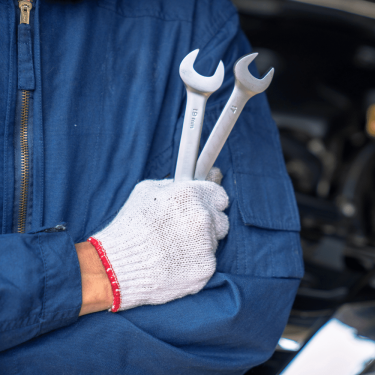How Much Does an ATM Cost? Here’s a Price Breakdown
How Much Does an ATM Cost? Here’s a Price Breakdown
Written by Welcome Read – August 1, 2022
Written by Welcome Read – August 1, 2022


Contents
4: Cash Loading
When it comes to running your small business, every penny counts. So you’re probably wondering: how much does an ATM cost? And what factors influence the price?
In this blog post, we break down the various costs of buying an ATM. By the time you finish reading, you’ll understand all of the costs associated with owning and operating an ATM including the machine itself, installation costs, processing fees, cash loading, and more.
1: ATM Models and Their Prices
In 2022, ATM machines can cost anywhere from $2,300 to $9,000 with the average freestanding ATM being around $3,000 to $3,500. This price is widely affected by the various options that are available when customizing your ATM machine such as locks, dispensers, displays, keypads, and more.
While purchasing a base Hyosung Halo II will only cost around $2,310, adding an electronic lock and a 2,000 note cassette will run you an extra $525. For this reason, it’s important to understand the options you can choose from to decide if the convenience of an electronic lock or the increased capacity of a new cassette are valuable to you.
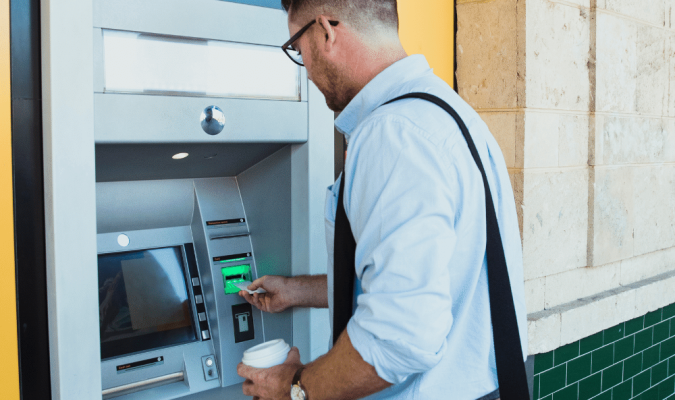
There are many different ATM machines on the market for you to choose from. Currently, two of the most popular ATM brands include Hyosung and Genmega. Each of these companies are known for their extremely reliable ATM machines and sleek designs that fit well in any business. Base Hyosung ATMs generally range from $2,310 to $3,005 depending on the model you choose.
Hyosung Halo II: $2,310
Hyosung Force: $2,570
Hyosung 5200 SE: $3,005
Each of these models have their own unique features but all maintain the reliable Hyosung technology that everyone knows and loves. Additionally, new Genmega ATMs can range from $2,400 to $2,810.
Genmega Onyx P: $2,570
Genmega G2500: $2,400
Genmega Onyx W: $2,810
2: Delivery and Installation Costs
After you’ve purchased your ATM you’ll generally encounter two costs, delivery and installation. Most ATM retailers charge $75 to $750 to ship your ATM depending on the destination and the machine’s weight and size.
However, if you order an ATM from Legacy ATM, we’ll ship your machine anywhere in the United States for free.

Additionally, once the ATM is at your location, you’re going to need to install it. This process will involve bolting your machine into the ground with a hammer drill which will cost you roughly $200 in supplies. Another option is to have someone install the ATM for you. Based on our research, most companies or ATM technicians charge between $750 and $1,200 to install an ATM.
However, if you purchase an ATM through Legacy ATM, you can choose from several installation packages including a professional ethernet or wifi ATM installation for $300 or $450 accordingly.
3: Processing Fees
Credit card processing fees are another cost to consider when purchasing an ATM machine. Generally, the average credit card processor charges around 1.5% to 3.5% per transaction.
This means that if someone makes a $40 withdrawal and pays $3.50 in surcharge, you’re going to be paying roughly $0.87 to process that transaction. If your ATM is processing 500 transactions a month, you’re looking at paying roughly $435 per month in credit card processing fees should you choose a traditional provider.
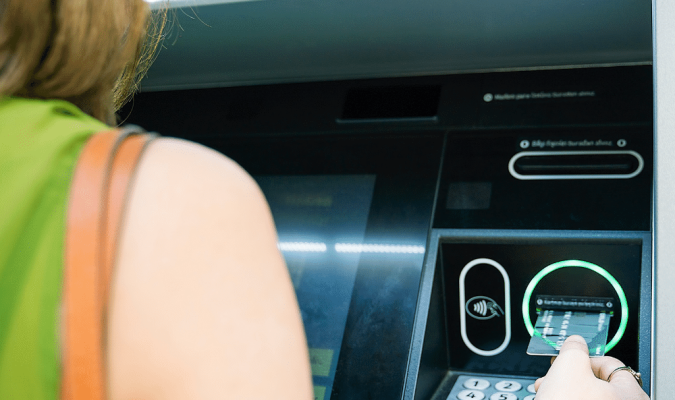
That’s why at Legacy ATM we chose to simplify how our customers process ATM transactions. If you choose to sign up for ATM processing, our fees can be broken down into either: $0.50 per transaction for dispensaries or $0.25 per transaction for any other business, that’s it.
4: Cash Loading
Another cost associated with purchasing an ATM machine that people often overlook is cash loading. In order for your ATM to work, it needs cash to dispense to your customers and that means you need to load it with bills. Based on our research, the average ATM goes through about $6,000 to $8,000 per month.
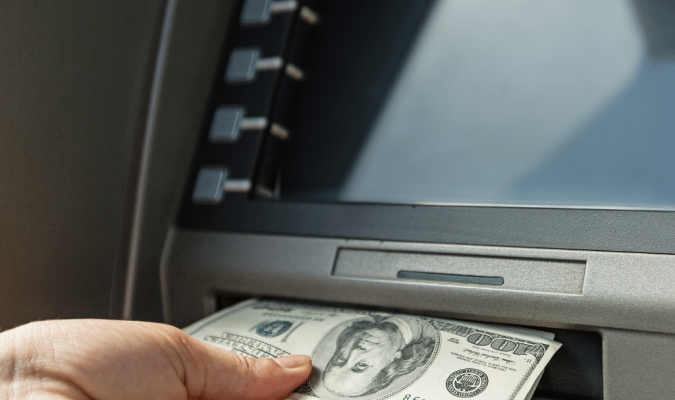
Although you get this money back when someone buys the cash out of your ATM, you’ll still need to have around $1,500 to $3,000 in cash per week to ensure that your customers can use your ATM.
5: Maintenance and Repairs
The final costs the you need to account for when purchasing an ATM are maintenance and repair costs. ATMs have a lot of moving parts and that means that sometimes things break.
In order to keep your machine running smoothly so that your customers can have access to their cash, it’s important that you budget around $200-$300 per year to cover any maintenance expenses such as buying new parts or hiring an ATM technician to come fix your machine.

At legacy ATM we offer a variety of different maintenance services to keep your ATM up and running such as in-person technicians, phone support, and ongoing maintenance. Click here learn how we can help you maintain your ATM.
Final Thoughts
ATM machines can be a great investment for your business. Not only do they provide a convenient way for customers to withdraw cash, but they can also help decrease your credit card fees and increase customer satisfaction.
Now that you understand the different models and their prices, as well as the costs associated with delivery and installation, processing fees, cash loading, and maintenance and repairs, you’re ready to buy an ATM!
We hope this guide has been helpful, but if you have any questions don’t hesitate to reach out to us.
When it comes to running your small business, every penny counts. So you’re probably wondering: how much does an ATM cost? And what factors influence the price?
In this blog post, we break down the various costs of buying an ATM. By the time you finish reading, you’ll understand all of the costs associated with owning and operating an ATM including the machine itself, installation costs, processing fees, cash loading, and more.
Contents
1. ATM Models and Their Prices
2. Delivery and Installation Costs
3. Processing Fees
4. Cash Loading
5. Maintenance and Repairs
1: ATM Models and Their Prices
In 2022, ATM machines can cost anywhere from $2,300 to $9,000 with the average freestanding ATM being around $3,000 to $3,500. This price is widely affected by the various options that are available when customizing your ATM machine such as locks, dispensers, displays, keypads, and more.
While purchasing a base Hyosung Halo II will only cost around $2,310, adding an electronic lock and a 2,000 note cassette will run you an extra $525. For this reason, it’s important to understand the options you can choose from to decide if the convenience of an electronic lock or the increased capacity of a new cassette are valuable to you.
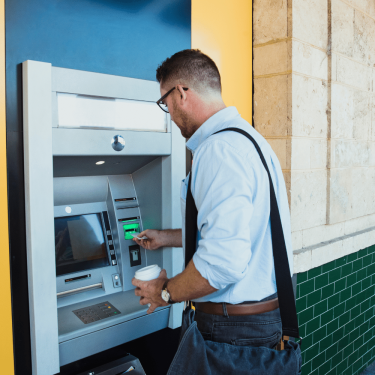
There are many different ATM machines on the market for you to choose from. Currently, two of the most popular ATM brands include Hyosung and Genmega. Each of these companies are known for their extremely reliable ATM machines and sleek designs that fit well in any business. Base Hyosung ATMs generally range from $2,310 to $3,005 depending on the model you choose.
Hyosung Halo II: $2,310
Hyosung Force: $2,570
Hyosung 5200 SE: $3,005
Each of these models have their own unique features but all maintain the reliable Hyosung technology that everyone knows and loves. Additionally, new Genmega ATMs can range from $2,400 to $2,810.
Genmega Onyx P: $2,570
Genmega G2500: $2,400
Genmega Onyx W: $2,810
2: Delivery and Installation Costs
After you’ve purchased your ATM you’ll generally encounter two costs, delivery and installation. Most ATM retailers charge $75 to $750 to ship your ATM depending on the destination and the machine’s weight and size.
However, if you order an ATM from Legacy ATM, we’ll ship your machine anywhere in the United States for free.
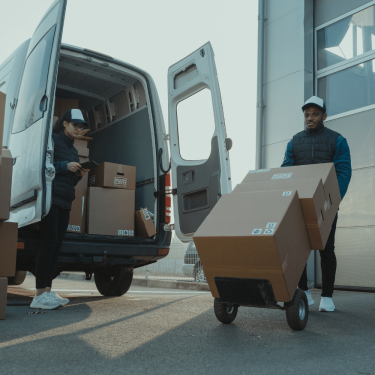
Additionally, once the ATM is at your location, you’re going to need to install it. This process will involve bolting your machine into the ground with a hammer drill which will cost you roughly $200 in supplies. Another option is to have someone install the ATM for you. Based on our research, most companies or ATM technicians charge between $750 and $1,200 to install an ATM.
However, if you purchase an ATM through Legacy ATM, you can choose from several installation packages including a professional ethernet or wifi ATM installation for $300 or $450 accordingly.
3: Processing Fees
Credit card processing fees are another cost to consider when purchasing an ATM machine. Generally, the average credit card processor charges around 1.5% to 3.5% per transaction.
This means that if someone makes a $40 withdrawal and pays $3.50 in surcharge, you’re going to be paying roughly $0.87 to process that transaction. If your ATM is processing 500 transactions a month, you’re looking at paying roughly $435 per month in credit card processing fees should you choose a traditional provider.

That’s why at Legacy ATM we chose to simplify how our customers process ATM transactions. If you choose to sign up for ATM processing, our fees can be broken down into either: $0.50 per transaction for dispensaries or $0.25 per transaction for any other business, that’s it.
4: Cash Loading
Another cost associated with purchasing an ATM machine that people often overlook is cash loading. In order for your ATM to work, it needs cash to dispense to your customers and that means you need to load it with bills. Based on our research, the average ATM goes through about $6,000 to $8,000 per month.
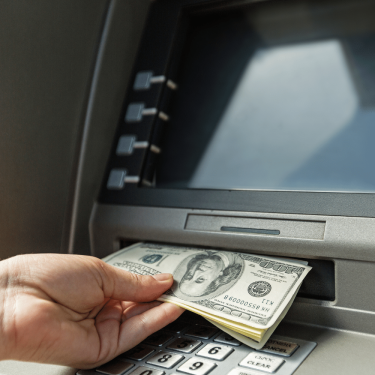
Although you get this money back when someone buys the cash out of your ATM, you’ll still need to have around $1,500 to $3,000 in cash per week to ensure that your customers can use your ATM.
5: Maintenance and Repairs
The final costs the you need to account for when purchasing an ATM are maintenance and repair costs. ATMs have a lot of moving parts and that means that sometimes things break.
In order to keep your machine running smoothly so that your customers can have access to their cash, it’s important that you budget around $200-$300 per year to cover any maintenance expenses such as buying new parts or hiring an ATM technician to come fix your machine.
